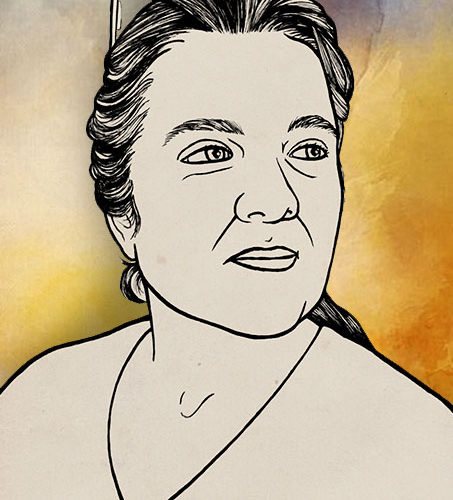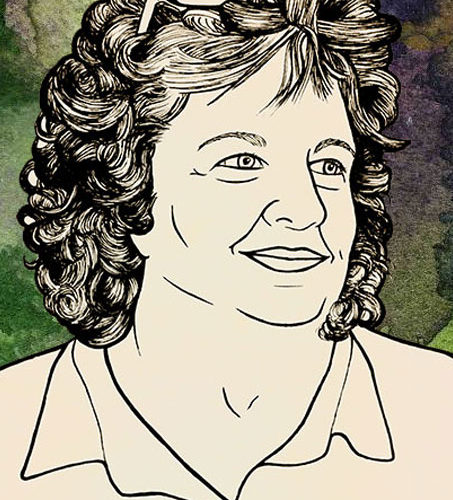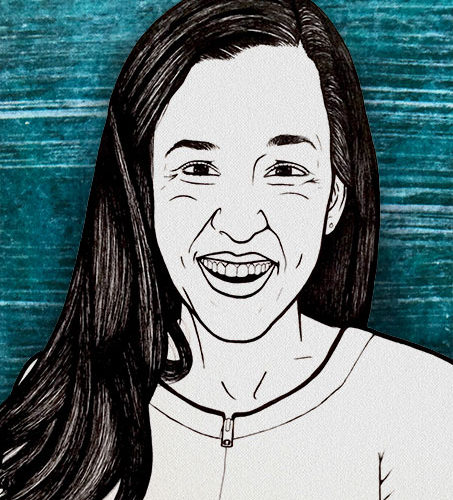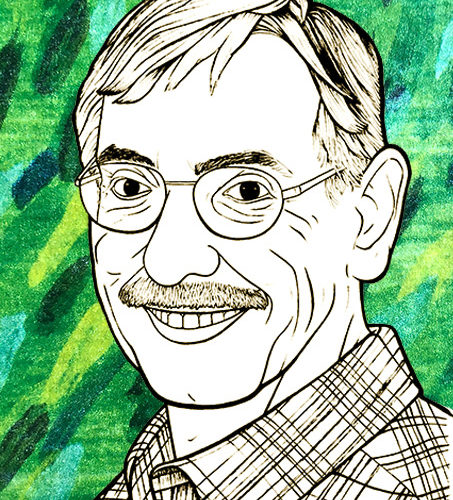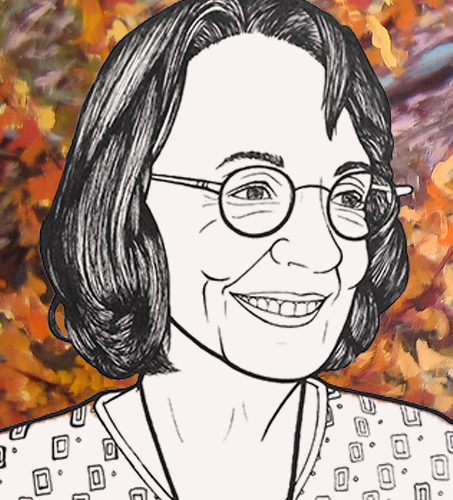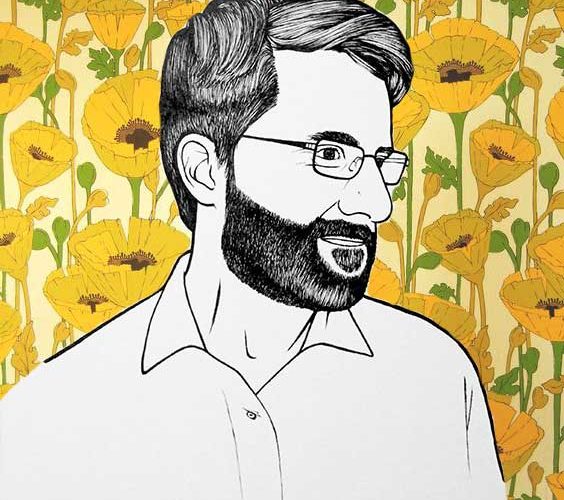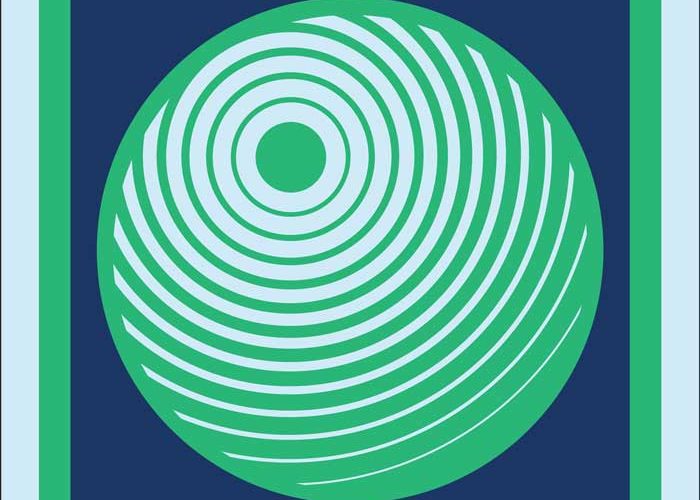Episode 7: The Value of Audacious Thinking
Zero. When Mary Hennen was growing up, that was the total number of peregrine falcons living anywhere near her home in Chicago. Even in the wilder areas…
Read MorePodcast: Play in new window | Download
Subscribe: RSS

